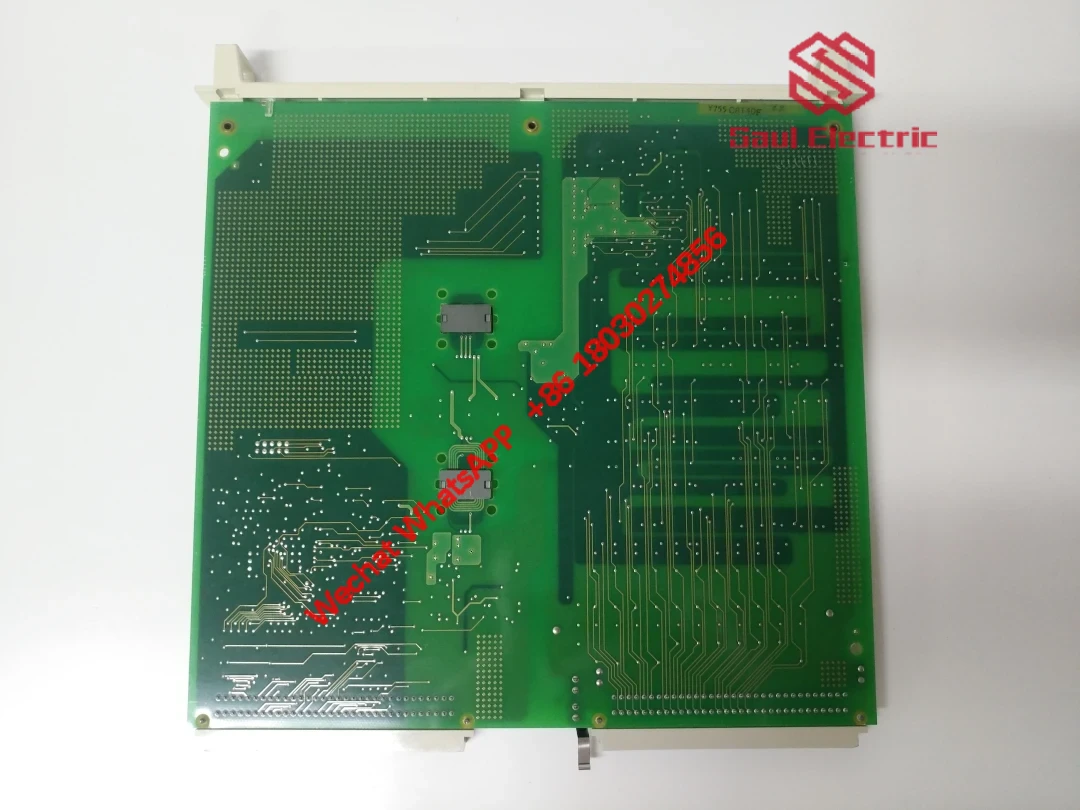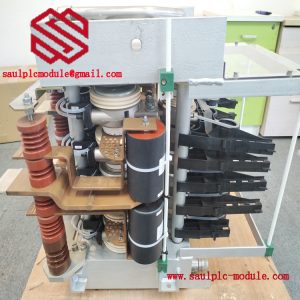Description
ABB DSAI 130A 3BSE018292R1 Analog Input Module
Engineers rely on the ABB DSAI 130A 3BSE018292R1 when precision matters most. This analog input module acts as the nerve center for industrial automation systems, translating analog signals from sensors into digital data that control systems can process. Whether monitoring temperature fluctuations in a chemical plant or tracking pressure changes in a manufacturing line, its versatility shines in environments where accuracy and durability are non-negotiable.
Technical Specifications
| Brand | ABB |
| Module Type | Analog Input Module |
| Input Channels | Configurable (4-32 channels) |
| Signal Compatibility | Voltage, current, thermocouples, RTD |
| Resolution | 16-bit |
| Dimensions | 324mm x 225mm x 22.5mm |
| Weight | 0.32kg |

Field technicians swear by this module in applications ranging from power generation facilities to pharmaceutical cleanrooms. Its ability to handle extreme temperatures (-40°C to +85°C) makes it ideal for outdoor installations like oil pipelines or refrigeration units. When paired with ABB’s PM866 controllers or PP865A I/O modules, the DSAI 130A forms the backbone of high-stakes systems—think turbine monitoring in hydroelectric plants or precision batching in food processing. Customers often mention how the IP65-rated housing survives dust-heavy environments where lesser modules fail within months.

What truly sets this module apart? The 66MHz bus speed via Control Unity ASIC chip ensures lightning-fast data transfer—critical for real-time systems like emergency shutdown circuits. Engineers often mention the self-calibration feature saving hours during maintenance cycles. While most modules hit 5W power consumption, the DSAI 130A delivers consistent performance without overheating, even in cramped control cabinets. The Ethernet interface with multi-protocol support (Modbus TCP, Profinet) means it plays nicely with legacy systems like ABB’s INFI 90 or modern PLCs alike. Personally, I’ve seen installations where hot-swapping kept production lines running during module replacements—downtime measured in seconds, not hours.







Reviews
There are no reviews yet.